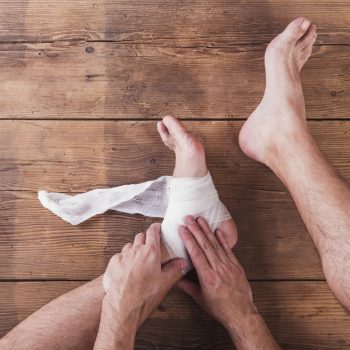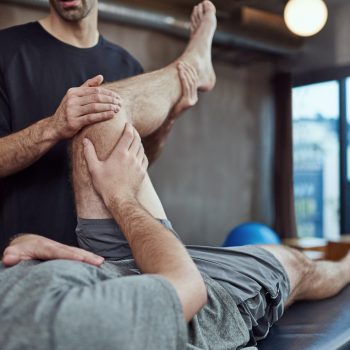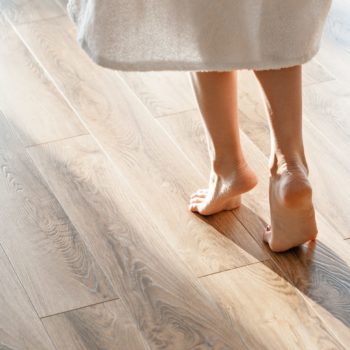Ozone-therapy is a safe and effective treatment for one of the most common conditions that cause back pain and a new perspective in joint pain therapy. Ozone infiltration is used against various discopathies of the spinal column or in the treatment of large and small joint arthrosis, a recurring cause of forced rest and abstention from daily activities. We talk about this topic with Dr. Cristiano Sconza, specialist in orthopedic rehabilitation in Humanitas.
Customizable therapy
Ozone used in infiltration “is a colorless medical gas with a characteristic smell mixed with oxygen in a machine where oxygen is transformed into ozone. According to the needs of the treatment – explains Dr. Sconza – the concentration and quantity of gas to be used is regulated “.
“There are approved protocols and national guidelines on how to use ozone for the treatment of various diseases. However, the practitioner can customize the therapy according to the patient’s condition and response to treatment, e.g. by increasing the frequency of infiltration in case of good response of the subject to gas action or by varying concentration and quantity of gas always according to the patient’s response”.
Similar to all infiltrations, ozone injections can cause discomfort or swelling at the injection site: “The possible side effects, although rare, are the same as for any infiltration therapy: pain, bleeding, allergic reaction, and infection. In fact, in the vast majority of cases, the patient will feel no more than a transient sense of swelling during injection lasting about five to ten minutes.
A painkiller in the form of medical gas
Ozone infiltrations can be carried out at muscle, intra-articular or subcutaneous level: “The most commonly used application is the paravertebral muscle in the case of discopathies, protrusions and hernias of the disc, either cervical, dorsal or lumbar”, recalls Dr. Sconza. “Infiltrative therapy for disc hernia is particularly effective, especially if it has recently occurred (in acute or sub-acute phase)”.
For hernia of the disc the benefit is however twofold: “Ozone is infiltrated near the hernia and has two effects: an antalgic and anti-inflammatory effect, both on the disc and on the nerve root affected by the irritative process. Few techniques are able to give these results, an element that makes ozone-therapy a very interesting method. In addition, there is a second effect that aims to reduce the volume of hernia by speeding up dehydration in order to reduce compression on the root of the affected nerve.
The standard treatment for disc hernia lasts just over a month: “Usually the patient undergoes ten sessions twice a week. At least two infiltrations are made during each session – continues the specialist. There are no age limits; on the contrary, ozone-therapy is being carried out more frequently in older patients than in the past. We try to adapt the treatment to their needs, perhaps the elderly patient is not lying down but is kept in a sitting position for the minutes needed to perform infiltration, or a lower dosage is defined “.
What about the joints? Can ozone-therapy be used in the future instead of cortisone?
As far as intra-articular use is concerned, ozone can be injected alone in an attempt to exploit its anti-inflammatory and analgesic efficacy or in combination with other products; for example, it is very interesting to use it in combination with hyaluronic acid in order to enhance the effectiveness of both. A prospect that is being evaluated is to use ozone-therapy in the joints instead of cortisone, seeking the same anti-inflammatory effect but without its side effects. In addition, in chronic patients or patients with contraindications to cortisone use, it may be used for longer cycles and without side effects.
Scientific research is experimenting with the use of ozone to make therapy more and more practicable: “In Humanitas we are reviewing the studies in the scientific literature on intra-articular ozone-treatment alongside orthopedic colleagues, particularly in knee arthrosis, in order to deepen mechanisms and treatment schemes,” concludes Dr. Sconza.










